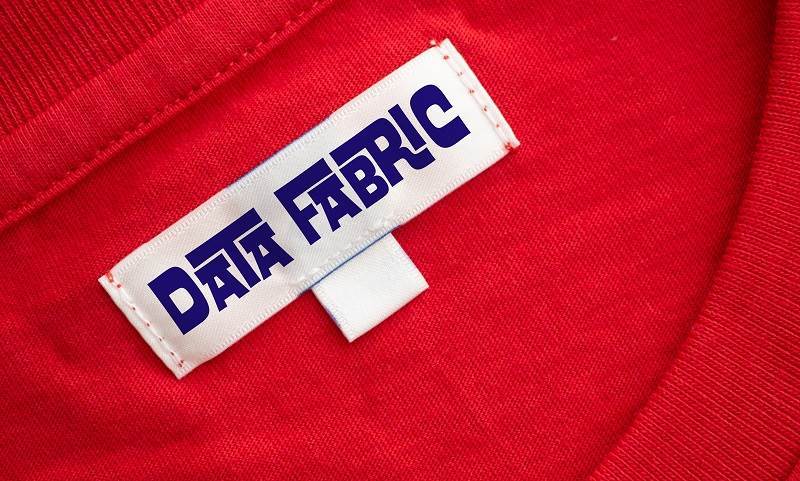
By Steve Cavolick
There has been a lot of discussion lately about the best data architecture to support AI applications. One concept that is gaining momentum is the data fabric.
You may be thinking that you already have a data lake, an ETL platform, or are using data virtualization, so what’s in a data fabric for me? Those are all helpful in their own individual ways to help you use data to solve business problems, but a data fabric is the intelligent, next generation of how those technologies are combined and used.
Simply put, a data fabric is an architectural concept that gives your enterprise access to the data it needs, whether it’s in a multi-cloud or hybrid environment. A data fabric is cloud- and container-based to provide governance, regulatory compliance, and security as part of the solution that allows data to flow through a distributed data landscape.
As you look at capabilities, a comprehensive data fabric platform will be a set of AI-infused and loosely-coupled services that exist on any deployment and can be any size, but scale elastically. The most complete data fabric offerings will include the following:
- Knowledge, Glossaries, Semantics- Use AI to discover and auto-catalog data assets, enrich them with semantics, lineage, and context, allowing consumers and data scientists to understand the data.
- Intelligent Integration- Automate the mundane tasks of data engineers to auto-create data pipelines across distributed data sources.
- Unified Governance and Compliance- Automatically apply policies to data assets, while using AI and ML to extract governance rules from regulatory documents to keep access policies current.
- Lifecycle Orchestration: Use AI capabilities to automate tasks, self-tune, and detect data source and data model changes, all of which promotes additional automated updates.
Recent studies and surveys by technology companies and industry analysts illustrate the benefits of data fabrics. Gartner’s 2021 Magic Quadrant for Data Integration tools concluded that companies using data fabrics will reduce the time of integrated data delivery by 30%. IBM (with their data fabric offering of Cloud Pak For Data) and Forrester suggested using a data fabric for self-service data consumption could mean a savings of $5.8 million and a ROI of 459% for companies who implement it.
Data is only valuable when there is context around it and it becomes usable by any authorized user or application in an organization. Data fabrics help those organizations who are investing in AI, IoT, and edge computing get more value from their data.
The LRS Big Data and Analytics group has over 20 years of experience implementing applications in advanced analytics, information management, and data warehousing. Not sure how to get started with AI? Our strategic offerings can help you align business and technology teams, discover the right use case, and determine an ROI. If you are interested in understanding how we can help you find value in your data, please fill out the form below to request a meeting.
About the author
Steve Cavolick is a Senior Solution Architect with LRS IT Solutions. With over 20 years of experience in enterprise business analytics and information management, Steve is 100% focused on helping customers find value in their data to drive better business outcomes. Using technologies from best-of-breed vendors, he has created solutions for the retail, telco, manufacturing, distribution, financial services, gaming, and insurance industries.
Originally posted at https://www.lrsitsolutions.com/Blog/Posts/141/Uncategorized/2021/5/Do-I-really-need-a-data-fabric/blog-post/